New York City Public Schools is implementing a district-wide Black Studies curriculum, called the Education Equity Action Plan. The curriculum guide for all grade levels is available publicly online on New York City Public Schools’ website.
The curriculum starts as young as PreK, with lessons focusing on identity. One PreK lesson warns teachers they “should be aware that European beauty standards are considered ideal in the United States (such as light/pale skin color, straight hair, blonde or other colored hair, etc.) and should reject that narrative when teaching.” The next lesson, which focuses on “water in Burkina Faso,” asks teachers to dispel the misconception that “We should have pity for people who live in Burkina Faso because all African countries obtain water in this way. It is believed that in America, all water is clean and safe, when in fact many families filter their water at home to remove impurities when city/town filtration systems are not strong or reliable.” The curriculum then suggests an activity for the PreK students in which they make water dirty, then try to clean it.
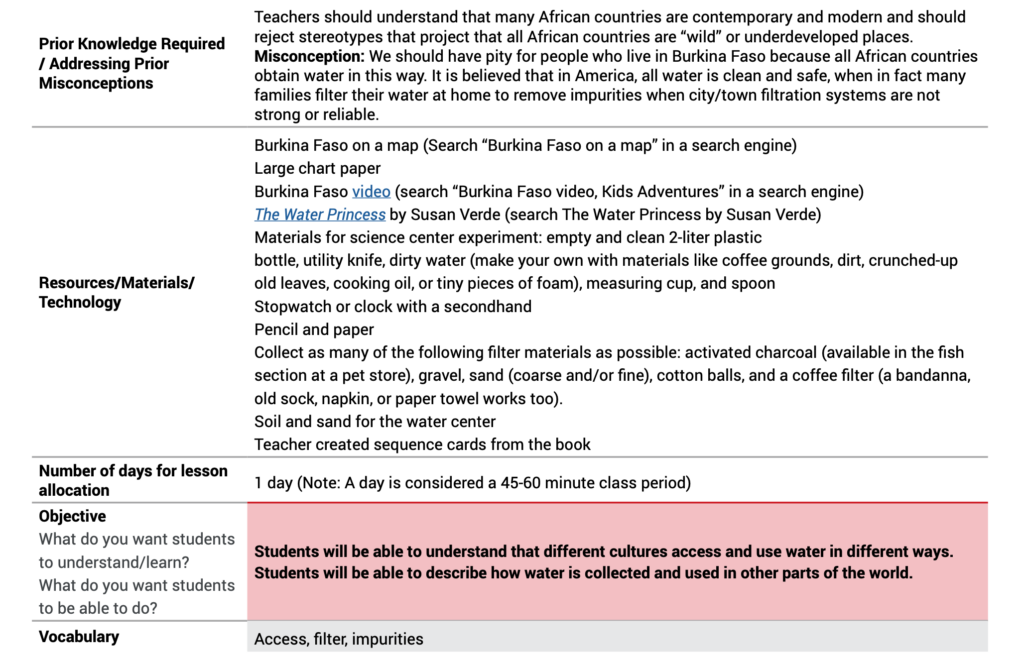
The second grade curriculum begins introducing colonization and activism to students. It recommends the book “The ABCs of the Black Panther Party.” One lesson aims for students to “know about how the indigenous people of New York City were stewards of this land before it was colonized. Colonization altered many of the natural resources that existed long before any Europeans arrived in Manahatta (now known as Manhattan)” and suggests that an extension for the lesson could be a “deep dive into environmental justice.” A later lesson in the unit focuses on social issues and activism. The lesson includes an article with a list of social issues including LGBTQ issues, and plans an activity requiring kids to pick a social issue and steps they can take to solve it, like “writing a letter to a community board member.”

In third grade, students are asked to compare the Black national anthem to the American national anthem. In fourth grade, one lesson begins with the “enduring understanding” that “Historically art forms have been used as either a celebration of freedom or as a form of oppression.” The lesson then asks students to evaluate whether cakewalks are “expression[s] of freedom or oppression.”
The curriculum for middle school students focuses even more directly on oppression in activism. A lesson for sixth graders has teachers introduce the 2022 mass shooting in Buffalo, New York as a “recent example of targeted racial violence.” The lesson plan instructs teachers to “retrieve and present the image of people praying outside the scene of the May 14, 2022, shooting at a supermarket in Buffalo, New York…Teachers can also draw images from other examples in current events that may resonate with students.”
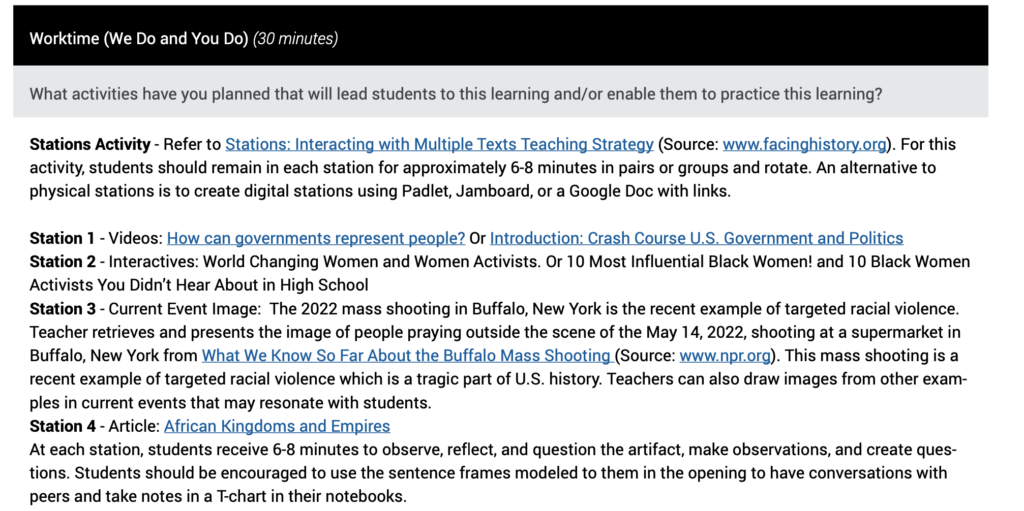
Recommended reading for seventh grade students includes the YA version of Ibram X. Kendi’s Stamped: Racism, Antiracism, and You. A lesson from the seventh grade curriculum asks students to create a mock social media post about the eminent domain seizure of Seneca Village in 1857 for Central Park, including “calls to action.”
One of the learning goals for students in eighth grade is that “Students will be able to clarify misconceptions relating to the Black Panther Party’s mission by analyzing their 10 Point Program. Students will be able to create their own 10 Point Program for social justice.” Indeed, lesson 6 of the curriculum focuses on the Black Panther Party, with the “enduring understanding” that “Dominative narratives of the BPP frame the organization as violent and militant, yet the 10-point program demonstrates that the BPP was committed to social justice, equity, and unity.”
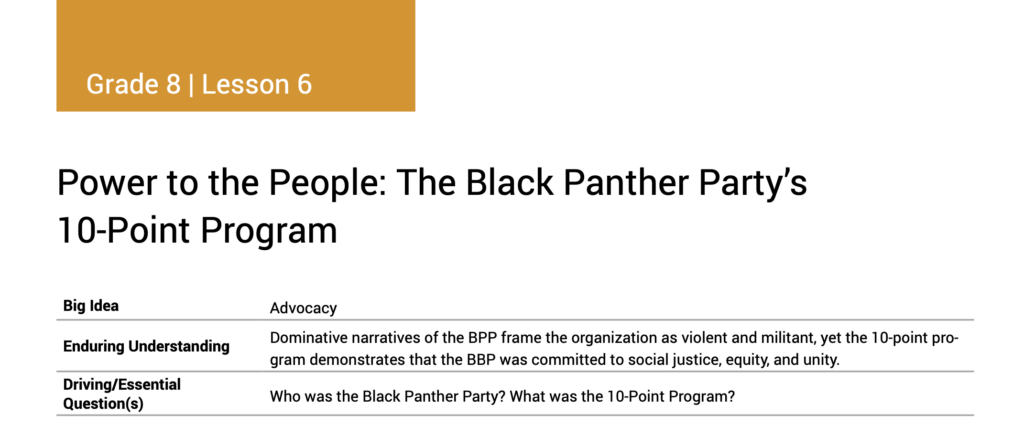
The next lesson for the grade 8 curriculum requires students to take a political typology quiz and share the results with the class.
A lesson for grade 9 has teachers play a hip-hop “cypher” for students. The recommended “cypher” includes lyrics about shootings, “F the police,” and “Trump not the answer, we gotta say Biden.”
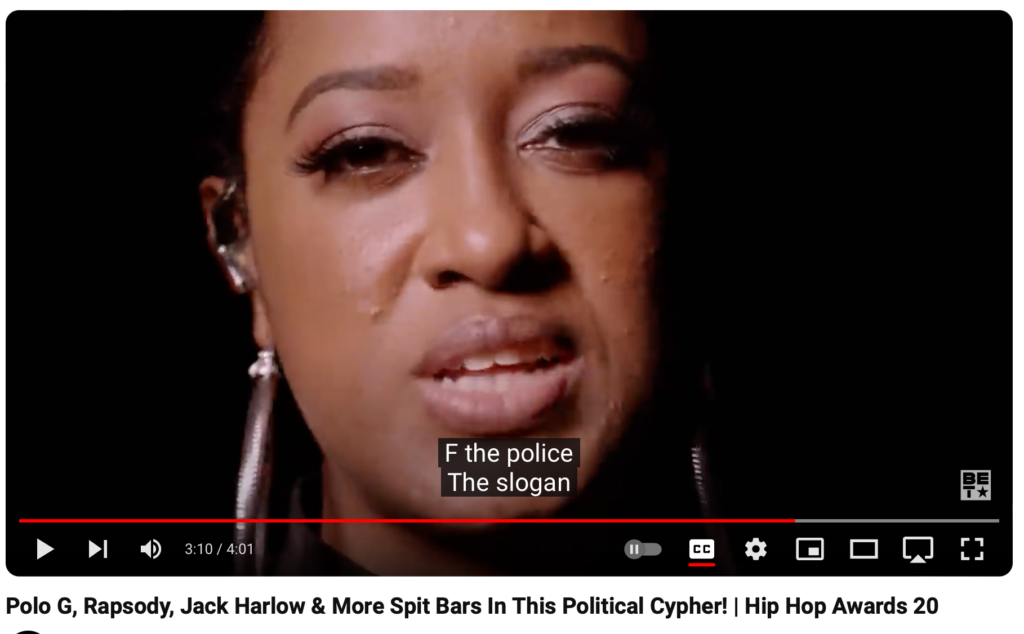
Another lesson for ninth graders focuses on “Pan-Africanism,” which it explains exists to “unite the global African entities in the quest to eliminate European imperialism and colonial oppression across the African Diaspora.” The assignment for the lesson requires students to create a PSA with a call to action about Pan-Africanism, including encouraging national governments to adopt a Pan-African philosophy, writing a song about how “Pan-Africanism is necessary to eradicate the harmful effects of colonialism” or “organiz[ing] a modern-day Pan-Africanism conference where students discuss the common grievances happening in the African world.”
The 11th grade curriculum focuses on Black disenfranchisement, policing, and reparations. Framing questions for the curriculum include “Are Black communities policed differently than other communities in the United State? Should we reform, defund, or abolish policing in our communities?” A lesson on policing has students read a Vox article about reforming, defunding, and abolishing police before asking students “Why shouldn’t we rely on the police department for public policies impacting Black and brown communities?” and “Why is ending policing and prisons a critical chapter in the Black freedom struggle?”

The 11th grade curriculum spends three lessons focused on reparations, mostly utilizing Ta-Nehisi Coates’ essay “The Case for Reparations.” One lesson asks students to discuss “the link between policing, lynching, and reparations” and “ways reparations can be achieved.” Suggested homework for the lesson asks students to design a reparations program or write a letter to their congressman.
A later lesson, still discussing reparations, asks students to describe what they think the general characteristics of ghettos are. Students are also asked to describe “how capitalism relies on debt peonage.”
The 12th grade curriculum focuses on topics like voting, capitalism, and Black women. One learning objective for the curriculum is to “Examine, analyze, and critique American capitalism and its impact on the Black community.” The unite suggests books like Set the World on Fire: Black Nationalist Women and the Global Struggle for Freedom by Keisha Blain, The 1619 Project: A New Origin Project by Nikole Hannah-Jones, and #SayHerName: Black Women’s Stories of Police Violence and Public Silence by Kimberelé Crenshaw.
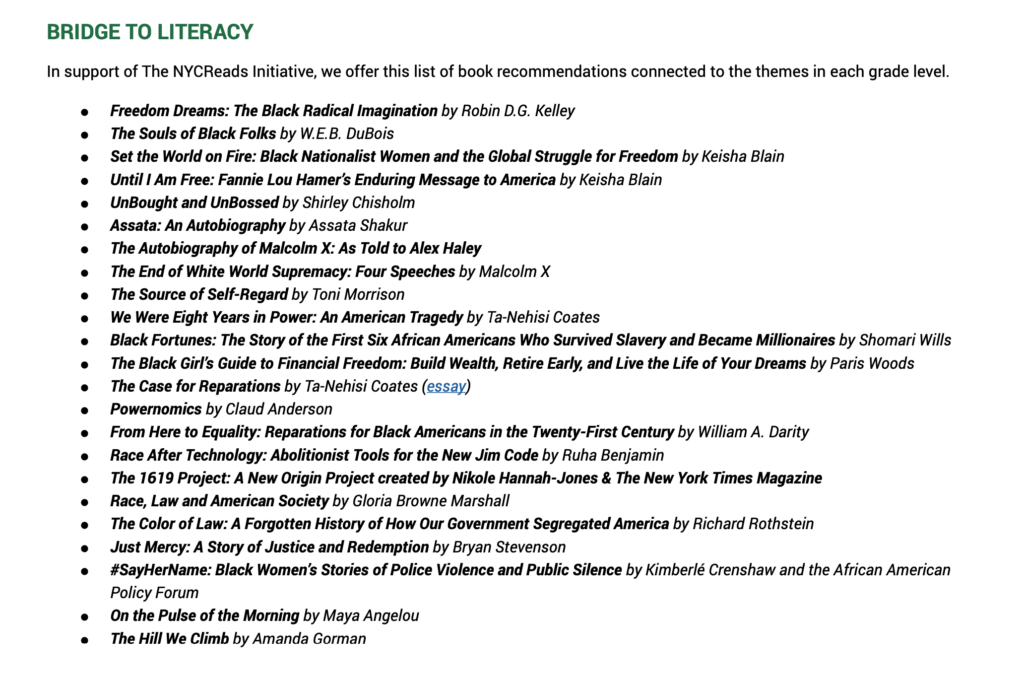
A lesson on the Black vote has students read tweets from Donald Trump. The activity then asks them, “Could the ideas in Donald Trump’s Tweet influence voting or access to voting? Explain.”
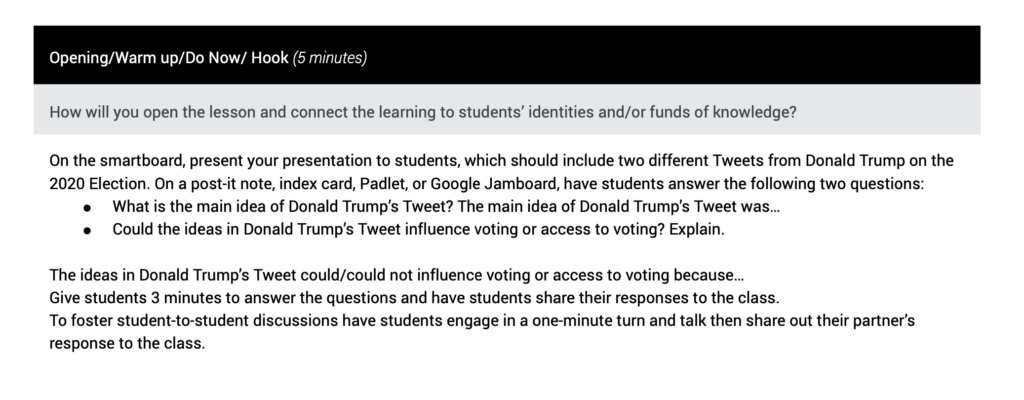
The curriculum’s fourth lesson focuses on capitalism, framed by the “enduring understanding” that “Many major American corporations and institutions were built on profits from the institution of slavery and continue to be endowed by slavery’s wealth. In addition to the massive social, political, and cultural impact of slavery, the economic impact on the development of United States businesses and industries still resonates today.” The lesson has students read articles like “The Clear Connection Between Slavery and American Capitalism,” “American Capitalism is Brutal. You Can Trace That to the Plantation.” and “15 Major Corporations You Never Knew Profited from Slavery” “The Hidden Links Between Slavery and Wall Street.” The following lesson, titled “The Black Effect: Black Genius in the Apparel Industry” asks students “How have major fashion brands exploited Black culture in their products?” and “How have white brands appropriated Black creativity?”
NYCPS has indicated that the curriculum will be integrated district-wide into all grade levels. Pilots of the curriculum began during the 2023-2024 school year.

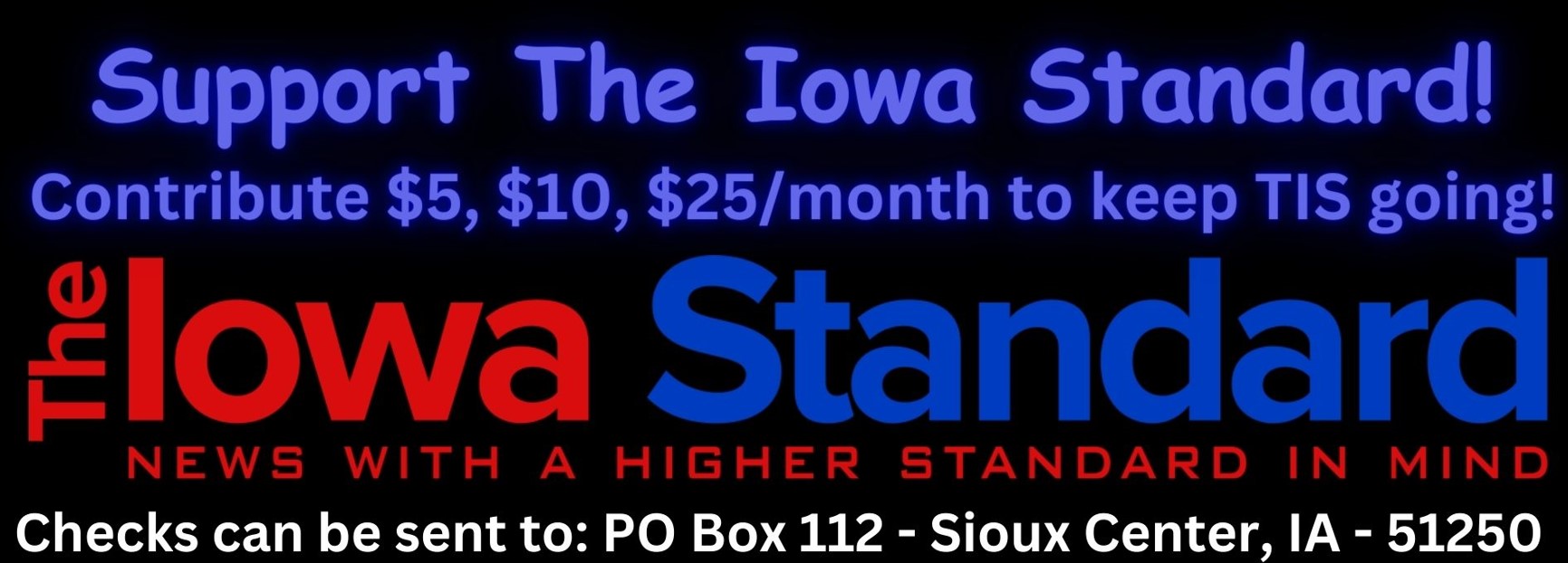
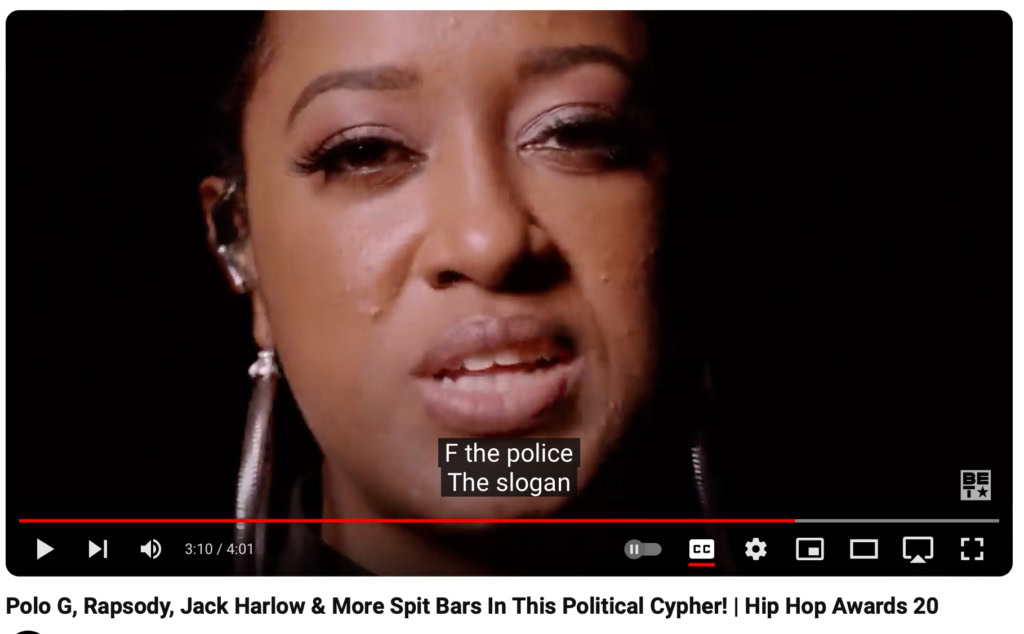



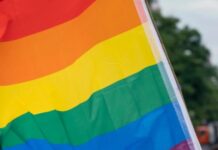
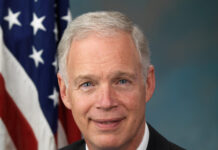






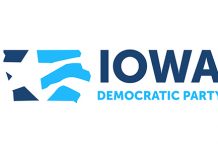



Only 30% of the black students in NY City public schools are proficient in math. Proficiency means scoring 40% on the tests – not mastery, but barely passing. The vast majority of black students cant do basic math. So they’re going to need those reparations since a good paying career will apparently elude them. Shame on those schools.